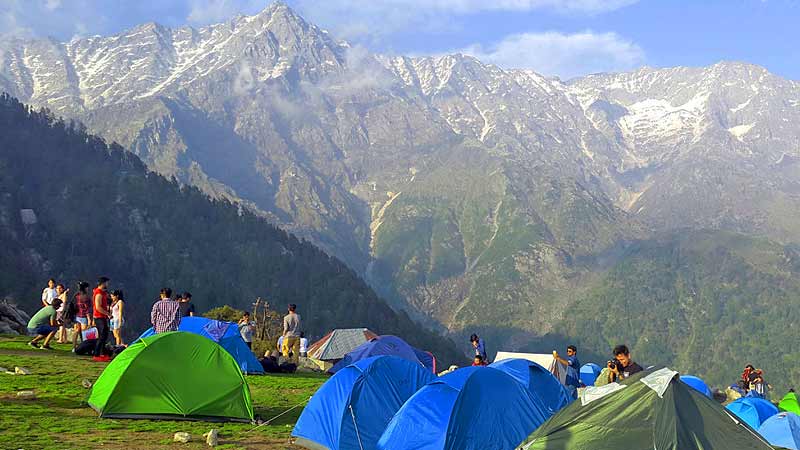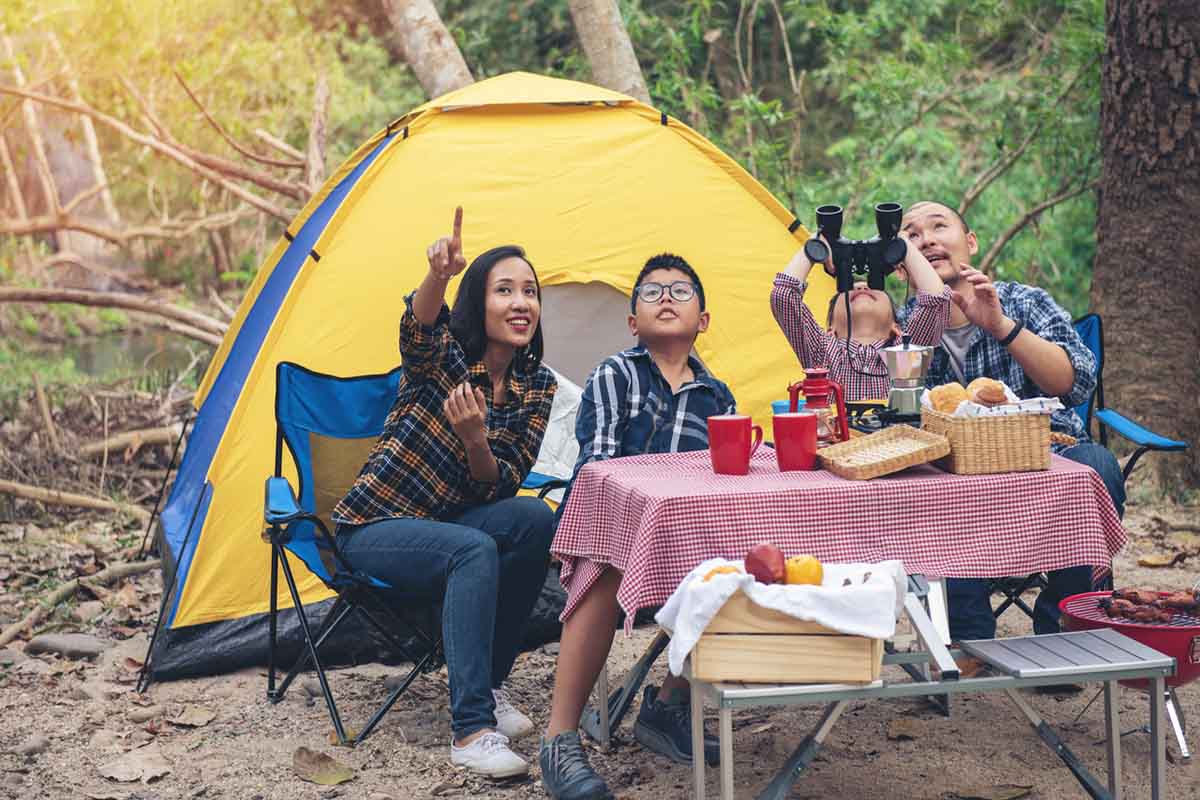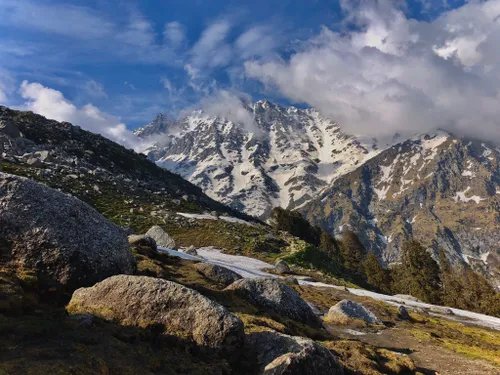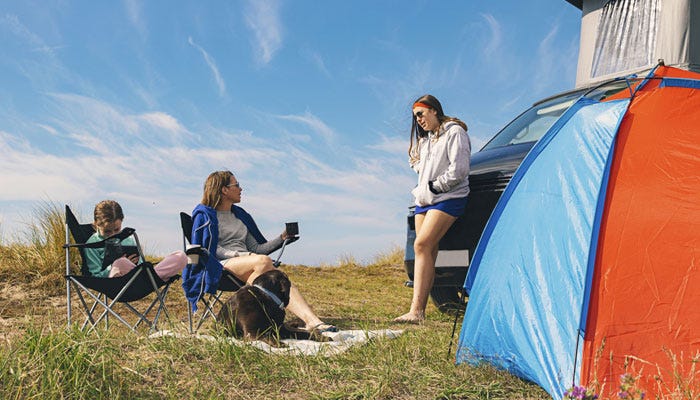Sustainable Camping: How Camprakker is Leading the Way
Discover how Camprakker is setting the standard for sustainable camping with eco-friendly practices, conservation efforts, and educational initiatives to ensure a minimal environmental impact while enjoying the great outdoors.

As more people seek outdoor adventures, the importance of sustainable camping practices has never been greater. Camprakker is at the forefront of this movement, providing campers with a beautiful natural environment while minimizing their ecological footprint. Here’s how Camprakker is leading the way in sustainable camping and what you can do to join the effort.
Eco-Friendly Facilities
Camprakker has invested in eco-friendly infrastructure to reduce environmental impact. This includes:
- Solar-Powered Showers and Lights: Using renewable energy sources to power essential amenities.
- Composting Toilets: Reducing water usage and turning waste into valuable compost.
- Water Refill Stations: Encouraging campers to use refillable bottles and reduce plastic waste.
Waste Management and Recycling
Effective waste management is crucial for maintaining a clean and healthy camping environment:
- Recycling Bins: Clearly marked bins for different types of recyclables are provided throughout the campsite.
- Waste Reduction Programs: Initiatives to reduce single-use plastics and encourage the use of reusable items.
- Composting Programs: Organic waste is collected and composted to enrich the soil.
Conservation Efforts
Camprakker is committed to preserving the natural beauty of its surroundings:
- Habitat Restoration: Ongoing projects to restore and protect native plant and animal habitats.
- Tree Planting: Regular tree-planting events to offset carbon emissions and enhance biodiversity.
- Wildlife Protection: Measures to protect local wildlife, including designated quiet zones and controlled visitor access to sensitive areas.
Educational Programs
Education is key to promoting sustainable camping practices:
- Workshops and Seminars: Offering sessions on topics such as Leave No Trace principles, wildlife conservation, and sustainable living.
- Guided Nature Walks: Led by knowledgeable guides who teach campers about local ecosystems and how to protect them.
- Kids' Programs: Interactive activities designed to teach children about the environment and the importance of sustainability.
Leave No Trace Principles
Camprakker emphasizes the Leave No Trace principles to all campers:
- Plan Ahead and Prepare: Encouraging campers to plan their trips to minimize waste and environmental impact.
- Travel and Camp on Durable Surfaces: Using established trails and campsites to prevent soil erosion and habitat damage.
- Dispose of Waste Properly: Packing out all trash and using designated waste disposal facilities.
- Leave What You Find: Preserving the natural environment by leaving rocks, plants, and other natural objects undisturbed.
- Minimize Campfire Impact: Using camp stoves for cooking and established fire rings for campfires.
- Respect Wildlife: Observing animals from a distance and not feeding them.
- Be Considerate of Other Visitors: Maintaining low noise levels and respecting the experience of fellow campers.
Sustainable Products and Services
Camprakker promotes the use of sustainable products and services:
- Eco-Friendly Gear: Partnering with brands that offer sustainable camping gear, such as tents made from recycled materials and biodegradable toiletries.
- Local and Organic Food: Providing locally sourced, organic food options to reduce carbon footprint and support local farmers.
- Green Transportation Options: Encouraging carpooling, biking, and the use of public transportation to reduce emissions.
Community Engagement
Building a community around sustainability is essential for lasting impact:
- Volunteer Opportunities: Offering volunteer programs for habitat restoration, trail maintenance, and other conservation projects.
- Community Events: Hosting events such as clean-up days, eco-fairs, and sustainability workshops to engage and educate the community.
- Partnerships: Collaborating with environmental organizations, local businesses, and government agencies to promote and implement sustainable practices.





